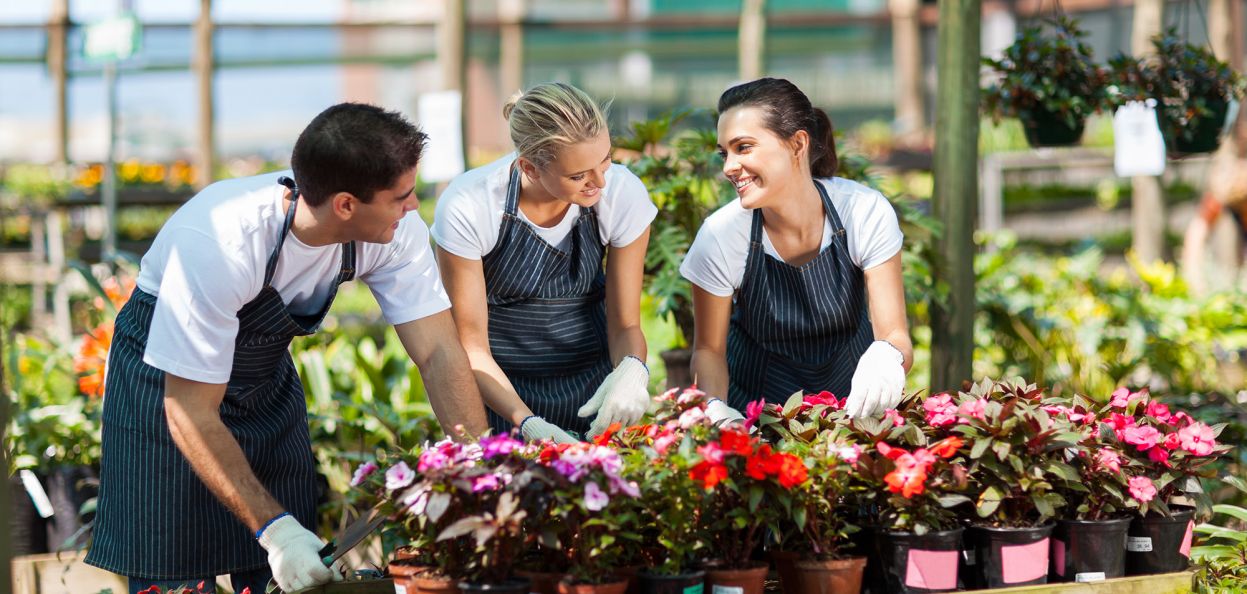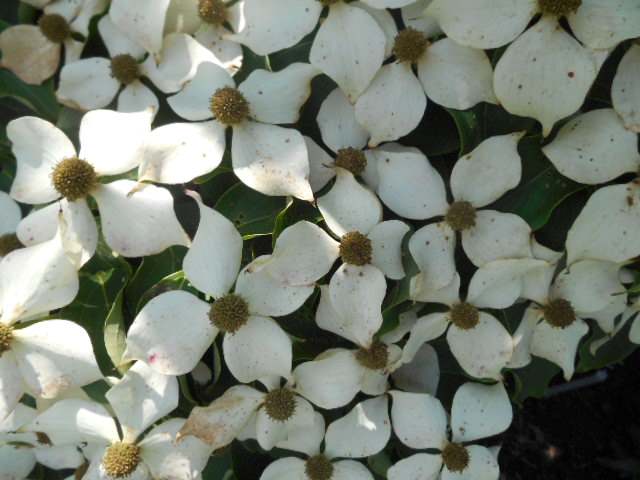Good day!
And a good day it is. I enjoy this time of year. I am very busy at school teaching about what I love. Spring is coming and to someone in the business that means it is about to be stupid crazy busy. People seem to be in better moods in the spring. I think that is natural. Longer days, shorter nights warming weather.
One thing I really enjoy is ordering my seeds for the spring garden. This past week I opened the mail box and there was the first of my spring orders. This year I ordered from two supplier, Vessey Seeds in PEI and William Dam Seeds here in Ontario. I don’t really have a favourite supplier – these two had the varieties I wanted this year.
I am a trained horticulturist and therefore have been trained as to when and how to sow seeds for maximum efficiency and proper planning and scheduling of a crop. Yup, I certainly have been trained but have I followed my training? Nope.
You see, I am growing a few crops such as geranium that really should have been sown in December. I ended up planting the seeds around March 1. There are a few others that really need to be in soil now but I do not have the seeds yet. They are on order, but not in my hands yet.
I want to make it perfectly clear that this is entirely the fault of moi. I did not order my seeds early enough. To be honest, I started going through the seed catalogues over the Christmas break. I really didn’t order my seeds until February. So any poor performance from sowing seed too late is entirely my fault. The seed companies I have ordered from are really really busy right now. They will get me my seeds as soon as they possibly can.
Before I go too far I want to remind you of a general rule of planting seed. That is the seed needs to be planted to a depth of approximately 3 times as deep as the diameter of the seed. You must know the see you are planting too, some seed needs light to germinate and therefore should not be covered.
Containers
Use clean containers. Clean and sterilize the containers, whatever you decide to use. I try to reuse all of my containers rather than wastefully throw them away every season. If you think of it, a shallow container is perhaps better than a deep container. We will be transplanting the seedlings before the roots fill the container.
I am using two or three different containers.
- I like using bulb pans, these are pots that are ¼ the depth of a regular or standard pot. I have a bunch that I have had for many years.
- I also use 801’s. These are square shallow “one celled” containers that fit a standard “1020” flat. 8 fit into one flat. 8 per flat, one cell per container hence 801.
- I use 804’s as well. These are shallow 4 celled containers. 8 fit into one standard 1020 flat, 4 cells per container hence 804.
Soil
Ever since I learned about soil and soilless media at college I have been a proponent of soilless media. The main reasons I like it are the qualities of being sterile, being consistent and being very easy to use. One issue I am coming to terms with is it the fact they are made from peat moss. There is a debate currently about the sustainability of the peat moss industry. There is a terrific substitute for peat moss and that is coconut fibre or one of its other names, coir fibre.
No matter which soil you decide to use for germination make sure it is sterile. If you are unsure if a soil is sterile, make sure you sterilize it. Simple bake moist soil in your oven. If I remember, I’ll check out the times and temperatures for you before I post this.
Fill the Container
The important thing is to make sure you do not compact the soil. One grower taught me to add soil to the container and simply drop the container a couple of times to settle the soil. I think that for sowing seed that is not compacted enough. We want to make a nice firm seed bed. I use my fingers and press the soil gently to make sure there is an even amount of soil throughout the container. I then scrape the soil off evenly.
Simply scraping the top of the container has the effect of leaving a “soft” soil surface. No matter which seed we are sowing, this allows for a cushiony surface for the seed to come in good contact with the soil surface.
I am going to describe and demonstrate the planting of three different types or forms of seed.
- Very tiny seed – Petunia
- Very tiny seed – Pelletized – Petunia
- Small seed – geranium
Very Tiny Seed
Tuesday, March 1, 2016
I am planting petunia seed. Petunia seed is very tiny, like dust. Covering seed this small is as this is challenging. In fact, it is so small I don’t bother covering it. If I decided I want to cover the seed I would put some soil into a sieve and dust the seed like I was putting icing sugar on a cake.
I am only planting small quantities of petunia seed. All I am going to do is pinch a few seeds between my fingers and sprinkle the seeds on like they were worth a million dollars. It is fairly easy to evenly distribute the seeds into each cell of this pack. If I were planting a lot of petunia seed I likely would do it the same way, taking my time and doing it very slowly.
Because I have left the soil surface “fluffy” and the seeds are so tiny, I am not going to cover them. I place the pack into a shallow dish of warm water. The water will soak up into the soil and water the seeds from below. The soaking is called capillary action by the way. As the soil moistens, the surface will settle around the seeds. Once the seeds have imbibed enough water, germination will commence.
I also did not have labels by the way. I ordered some from the other supplier and that order has not yet arrived. I tore the seed pack so the name of the seeds was visible and tucked it into the cell pack. Once I have some labels I will label the pack. I would chastise any student who did work this sloppy. My dad had a plaque on his desk, “I may not always be right but I am always the boss.” I am going away for a few days and wanted to make sure the seeds were in soil germinating rather than wait for labels.
Very Tiny Seed – Pelletized – Petunia
Tuesday March 1, 2016
Some of the seed I purchased is pelletized. The seed producer coats each seed in a covering to make it about 1 mm in diameter. The coating is made of a water absorbent material. The water is absorbed, the seed imbibes water and germinates more quickly – theoretically.
The real benefit is in the handling of the seed at sowing. The pelletized seed is uniform in size and large enough for mechanical sowing devices to grasp the seed. I like pelletized seed because my not very dexterous fingers can pick them up and sow them.
I used a pair of tweezers to pick up each seed and place it into the 804 cell. The really helpful thing with pelletized seed is it is light in colour. I purchased the seed from a supplier that sells in fairly small packages. I had 10 seeds and 4 cells. Two cells got 3 seeds and two cells got 2 seeds. It was easy to place them based on colour.
After I placed the seeds I used the tweezers to push the seeds slightly into the soil. Watered them and used the seed pack to make a label.
Small Seed – Geranium
Geranium have fairly small seed. As you can see in the photo, they are oblong and about 1 mm long. They are fairly consistent in size and shape and therefore although can be found pelletized, are easy enough to handle un-pelletized. The planting is very similar to the way I planted the pelletized petunia seed. Again, the supplier sent 10 seeds per package.
Next time I sow a seed similar to these geranium I am going to soak ½ the seed for 24 hours and sow the others directly. Soaking seeds is called pre-imbibing the seed. The other technique is to pre-germinate the seed in water prior to sowing. Guess what? That technique is called pre-germination.
Stay tuned!
As always, if you have any questions please contact us.





